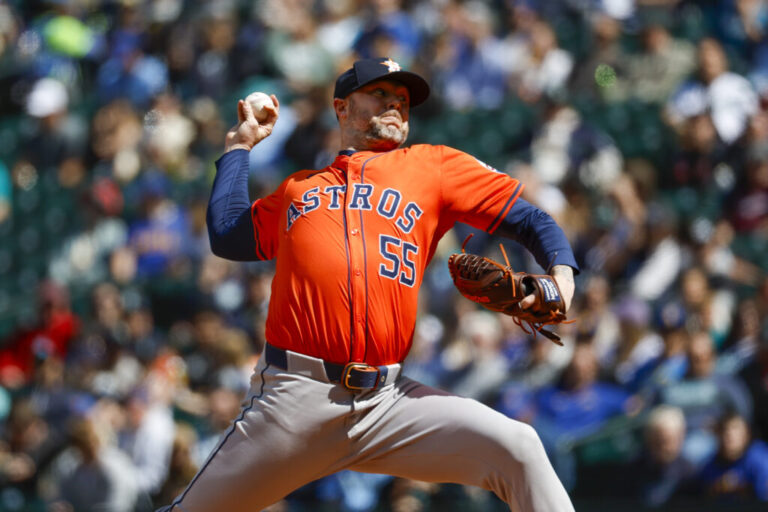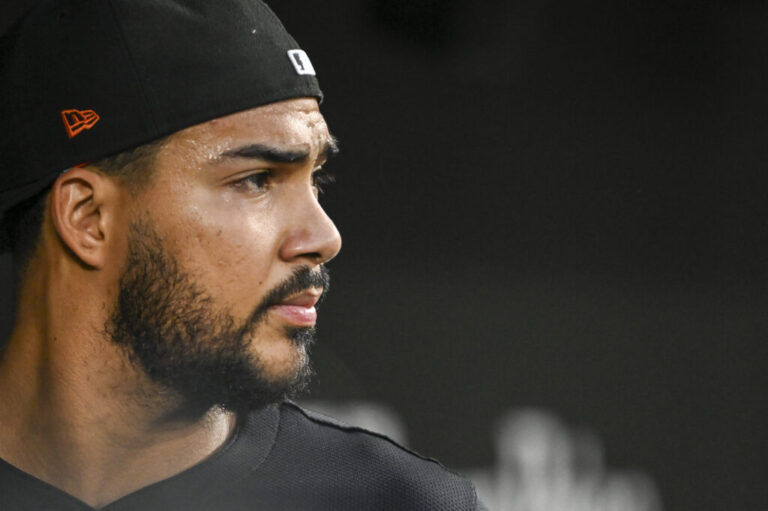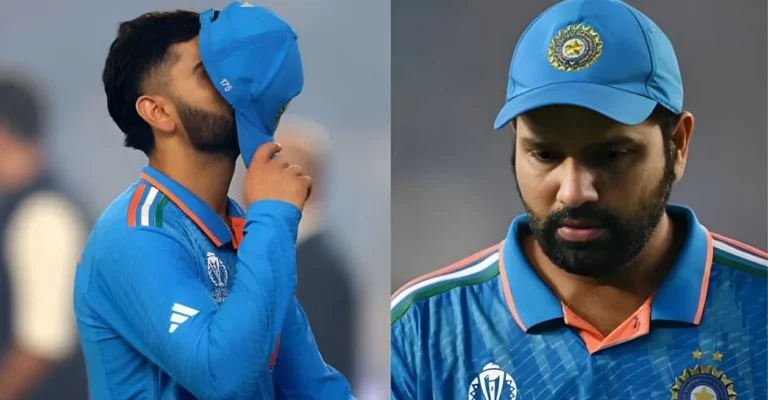
I have been publishing projections in some form or other since 2019, making painstaking improvements to my process along the way. To borrow an expression from Dan Szymborski, my projections have now reached a level of “non-craptitude” such that I am content — though no projector is ever truly content — to share them with you here at FanGraphs. This article introduces OOPSY, your friendly neighborhood projection system.
OOPSY aims to summarize all of the information you see on a player page — a whole slew of component statistics from different years, leagues, levels, and teams, compiled at different ages — in an attempt to make it easier to evaluate players. I have always found it difficult to account for all of this information in my head without the help of a projection system, and now I have one.
Like many popular projection systems, OOPSY takes MARCEL as a starting point, adding methodological innovations to account for additional complexity (MARCEL projects all rookies to be league average, for example). OOPSY uses its own approach to account for all of the usual factors captured by popular projection systems: league scoring environments, aging effects, major league equivalencies (with inspiration from Clay Davenport) to account for (minor and major) leagues and levels that boast differing quality of competition, park effects (both minor and major league), historical performance weighted by recency and, perhaps most importantly, regression to the mean, with statistics subject to more random variance regressed more heavily. Instead of regressing every player to the same mean as MARCEL does, OOPSY regresses players to different means based on their probability of making the majors, which is assumed to be a function of their age relative to level (based on historical data), with complex-level players regressed to a worse mean than Triple-A players, for example.
Taken together, my approach makes it easier to compare player performance at different ages, from different leagues. It has made the peak (late-20s) version of the projections an insightful way to rank prospects, for instance, producing rankings that align fairly well with traditional industry prospect lists. (You can find this offseason’s RotoGraphs projection-based prospect rankings for hitters here and for pitchers here.)
OOPSY aims to keep up with the industry’s never-ending onslaught of data by incorporating important new metrics as soon as is feasible. For pitchers, OOPSY accounts for Stuff+ (the system uses revised Stuff+ figures, which will be available at FanGraphs soon); you may have seen Eno Sarris referencing these projections under the moniker of “ppERA” at The Athletic since 2023. Here I’ll note that while Stuff+ moves a few projections a lot, the traditional statistics continue to weigh heavily in the pitching projections. OOPSY also accounts for velocity and the usual component statistics, such as strikeout rate, walk rate, and groundball rate.
Last year was my first year (quietly) publishing a slimmed down version of my hitter redraft projections based on traditional components. OOPSY now accounts for the new swing speed data published at Baseball Savant, as well as barrel rate per batted ball event, since barrels have consistently been found to be the best indicator of quality of contact (wOBAcon) skill. OOPSY also accounts for the usual hitter component statistics, e.g., K%, BB%, HR%, etcetera. The traditional components and barrel rate are the foundation of the hitting projections, but swing speed does have a substantial impact on a few players. For instance, Giancarlo Stanton has done his best to break the system, with a 20-point projected wRC+ boost thanks to his elite swing speed. Even if the way I account for the swing speed metric overrates Stanton — which is definitely possible — early indications suggest it helps improve the projections overall (e.g., swing speed helps predict offensive performance when splitting 2024 into two halves). As more data becomes available, the projections will be able to capture the impact of swing speed more precisely.
For both arms and bats, incorporating highly reliable indicators of talent — like Stuff+, barrels, and swing speed — might explain why OOPSY appears to be bolder at the extremes. For instance, OOPSY projects Aaron Judge for a 199 wRC+ in 2025, which is similar to where he has landed over his last few monster seasons, but is probably more bullish than you’ll see him projected by other systems. OOPSY is similarly extra-bullish on Yordan Alvarez, Juan Soto, and Shohei Ohtani (note: OOPSY and Steamer assume similar league averages). For arms, OOPSY is comparatively bullish on the ERA projections for its top two starters, Paul Skenes and Tarik Skubal, and projects 14 relievers for a sub-3.00 ERA in 2025, compared to six for Steamer.
OOPSY does not capture the following factors, although I hope to eventually add these in: amateur performance, foreign pro league performance (DSL, KBO, NPB, etc.), and minor league Statcast data. OOPSY borrows defensive value projections from Steamer and playing time projections from the FanGraphs Depth Charts (I like that these are readily available and updated often). For what it’s worth, I don’t much care which playing time projections you use with my rate projections, even if prominent annual reviews of projections may eventually judge me for it.
While my hitting and pitching projections have held their own relative to other prominent systems in terms of forecast accuracy, I do not claim that my system is revolutionary, nor that it is necessarily the best among the various alternatives — not that you should believe me if I did, given the tendency of forecasters to find evidence confirming the superiority of their own systems. Projection systems are the result of hundreds of subjective decisions by the analyst, with many opportunities to do things slightly (or very!) differently. For instance, I use my own flavor of aging curves and major league equivalencies, and include variables like Stuff+ and swing speed that may not yet be captured by other systems. Methodological diversity may be why averaging the prominent projection systems tends to be an effective approach.
OOPSY is a fake acronym, an homage to making errors while playing the infield growing up, and to making mistakes more generally, the fallibility of humankind. It aims to stay humble, to be transparent about the fact that projection systems are built upon different assumptions. My hope is that it adds another worthwhile perspective to the analyst’s toolkit — you can at least take comfort in knowing I rely on it heavily for my own baseball-related decisions.






